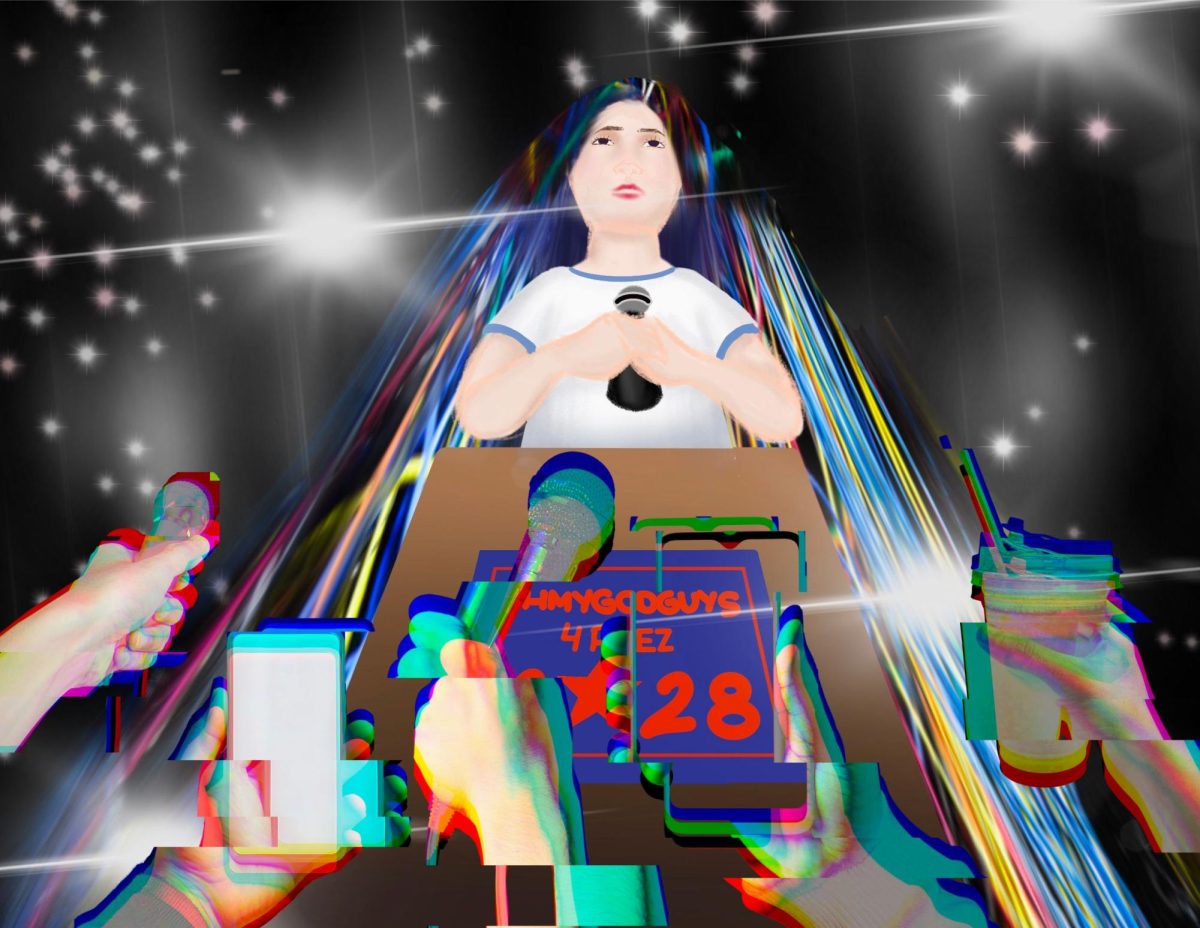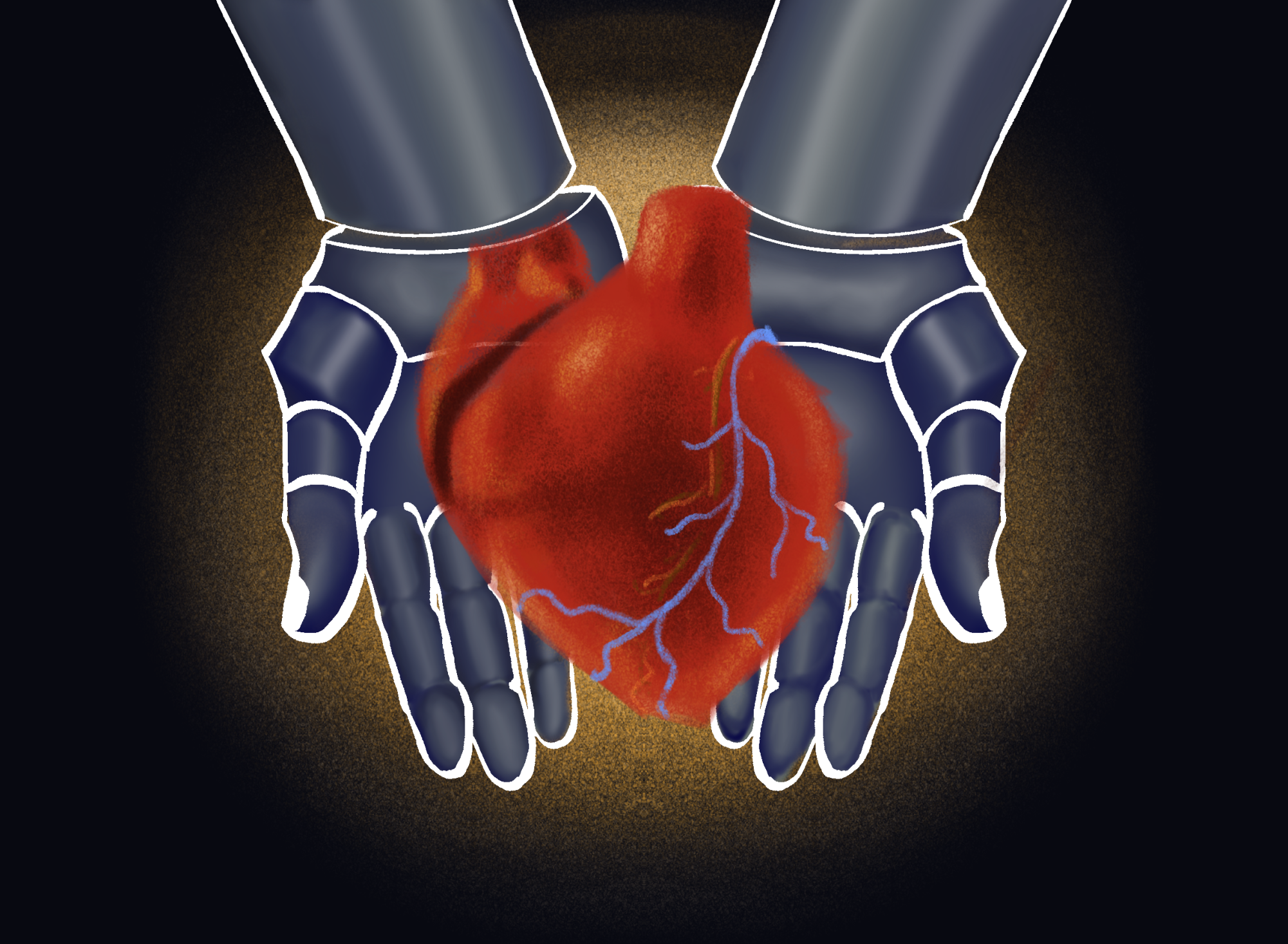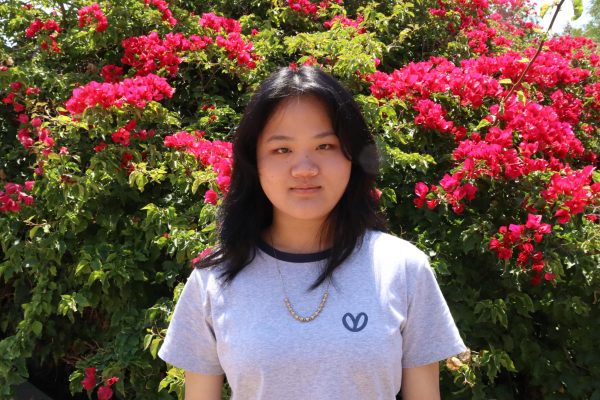With a row of sharp fangs and a sinister grin stretching across more than half its face, one devilishly iconic smile recently took pop culture by storm. Complete with the rest of her physique — bunny ears, massive eyes, pastel colored fur and stubby limbs — the Labubu may seem like an unconventional candidate for becoming a global sensation. But, with the power of rampant consumer culture and blindbox addiction gone rogue, sales have skyrocketed for this quirky monster keychain. Whether you find her ugly or cute, Labubu’s harm to society is irrefutable.
“The Monsters” is one of the latest series amongst a large collection of collectible designer figurines sold by Pop Mart, a Chinese toy company founded in 2010. The series includes multiple Nordic mythology inspired characters, such as Zimomo, Tycoco and most notably, Labubu. Pop Mart specializes in blind boxes, which are exactly what they sound like: buyers blindly purchase a mystery box that conceals the toy inside. The appeal lies in the thrill of the unknown, and it works like a charm. Pop Mart sales have soared, reaching a total revenue of $1.8 billion in 2024, and are continuing to rise, with market projections predicting its market value in 2034 to be $49 billion, according to Time.
Pop Mart’s roaring success can be partially attributed to Labubu, whose popularity surged in 2024 and 2025. The Labubu craze is unleashing ongoing chaos among collectors, causing the toys to be notoriously difficult to buy and capable of reaching ridiculous costs when resold. Labubu enthusiasts are constantly vying for the highly coveted “Secret” Labubu versions, which some speculate to appear in one in 72 boxes. According to The Economic Times, some “limited-edition Labubus have been listed on eBay for up to $7,000,” while others are selling on StockX for over $3,000. Influencer collectors buy set after set, filming elaborate unboxing videos online and emptying Pop Mart shelves in the blink of an eye. Counterfeits, nicknamed Lafufu, have also emerged.
For anyone familiar with the nature of capitalism and the never-ending cycle of consumer culture trends, this story is nothing new. We have seen Stanley Drinking Cups and Hydro Flasks; Labubu seems to be just another uncontrollable fad fueled by social media. But upon closer inspection, the Labubu-mania may yield far graver consequences, as it is hardwired to be addictive, much less useful than other trendy objects and severely detrimental to the environment.
To begin, blind box obsessions go beyond regular toyetic trends; they are a marketing tactic deeply exploitative of consumers’ psychological impulses. In the late 1940s, Harvard psychologist B. F. Skinner performed an experiment on pigeons: When some pigeons hit a lever, a pellet of food would come out, while for others, a random amount would dispense, ranging from none to several. The pigeons with the variable interval (random) levers were found to repeatedly hit the lever, a behavior that fixed interval pigeons did not exhibit. Compulsively pecking at the lever, variable interval pigeons became obsessed with the suspense, and some spent up to 15 hours hitting the lever without resting for more than 20 seconds. This study illustrates how reward uncertainty creates a greater rush of dopamine. In other words, our brains are inherently built to fall for Pop Mart’s shiny mystery packages, each one as tempting as Pandora’s Box. Blind boxes are essentially a form of gambling that Pop Mart uses to generate revenue, causing collectors to get hooked on the “high” of uncovering what’s inside.
Someday, Labubu’s reign will end, as all trends of this nature do, leaving once proud collectors with an array of permanently grinning, elfish doll-figurines accumulating dust in their attic. Trends like these always call into question whether consumers actually want the product itself or are blindly following the herd. After all, Labubu’s popularization was largely facilitated by celebrities who were seen wearing them fashionably, such as Lisa from Blackpink. In this mob mentality epidemic, it has become increasingly difficult to discern genuine love for the product from simply dogging after the latest fad, leading to widespread overconsumption.
Large scale overconsumption comes with large scale manufacturing, transporting and ultimately, landfill waste. A Labubu herself is made from polyvinyl chloride (PVC) plastic, a non-biodegradable material, and wrapped in coats of plastic packaging. When the hype is over, much of these materials are destined for the dumpster, decaying into microplastics which will remain in the environment for hundreds of years. The consequences far outlive the product’s popularity, and our planet bears the burden.
Some may argue that people are allowed to make joy-based purchases; therefore, corporations, not consumers, are to blame for environmental problems. However, as legal actions protecting our planet from these problems have yet to take effect, we as consumers in the marketplace have a duty to be mindful of what we purchase. If each of us valued every one of the objects we owned instead of just the process of acquiring them for short-lived satisfaction, we would not fall for corporations’ overconsumption farming like we have with Pop Mart products.
Labubu represents the absurdity of cost inflation in the face of fleeting fads, the worst of overconsumption and, in due time, the dire consequences of irresponsible wastefulness. But blind box madness and environmentally detrimental trends are not limited to Labubu. There have been many similar toys in the past, such as Sonny Angel and Crybaby blind boxes, and it’s time to change our view for what comes in the future. Before buying things, ask yourself: what will this item bring to my life? Will you actually cherish it, or have you and your dopamine receptors fallen victim to capitalist schemes? Our future is not a blind box; we can shape it by controlling our consumership.










